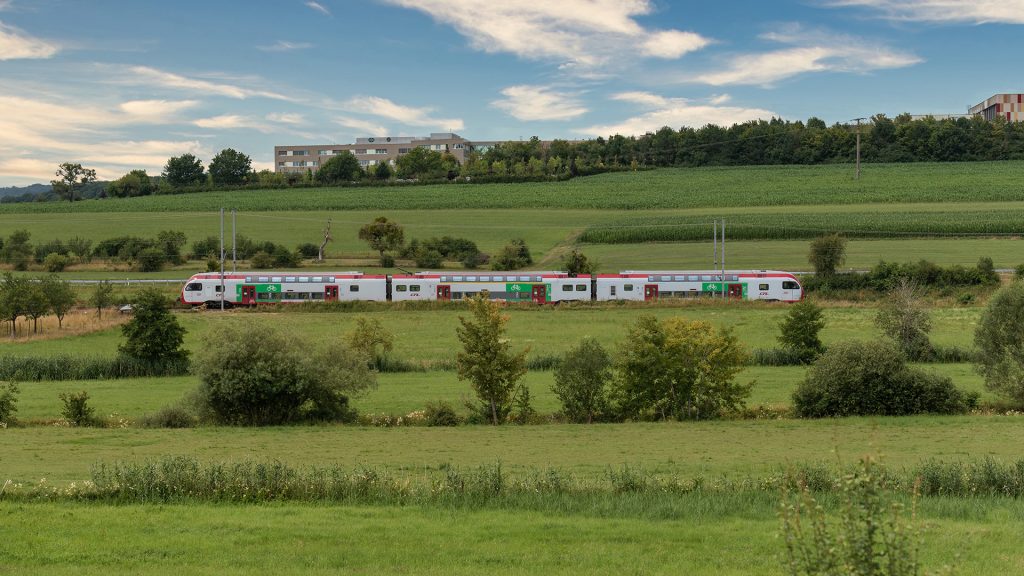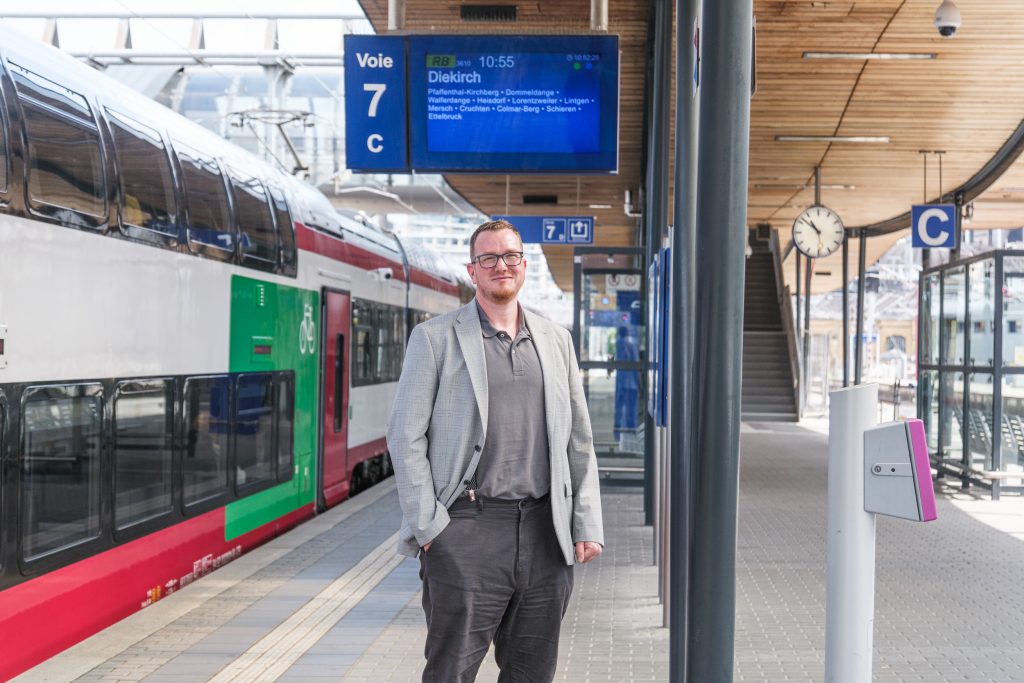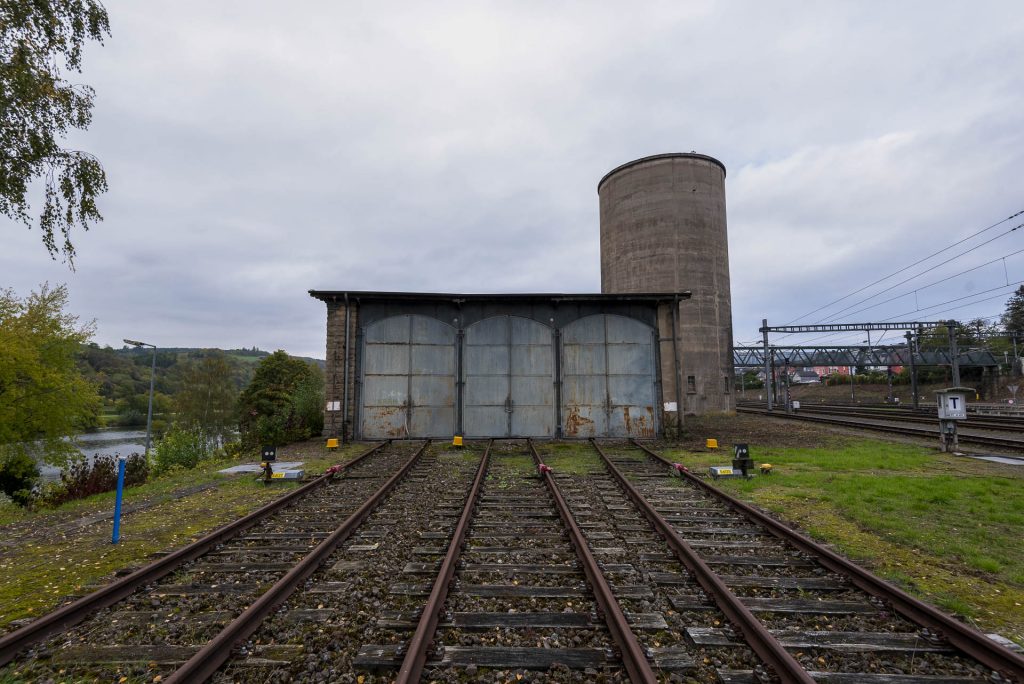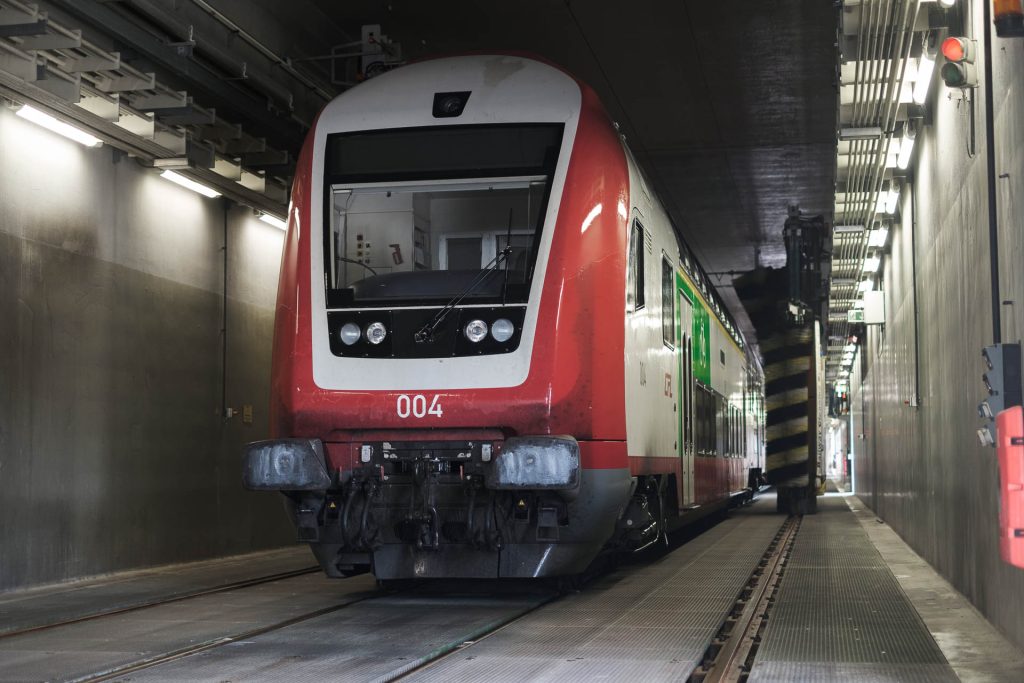
Monitored and heated switches, essential for rail traffic
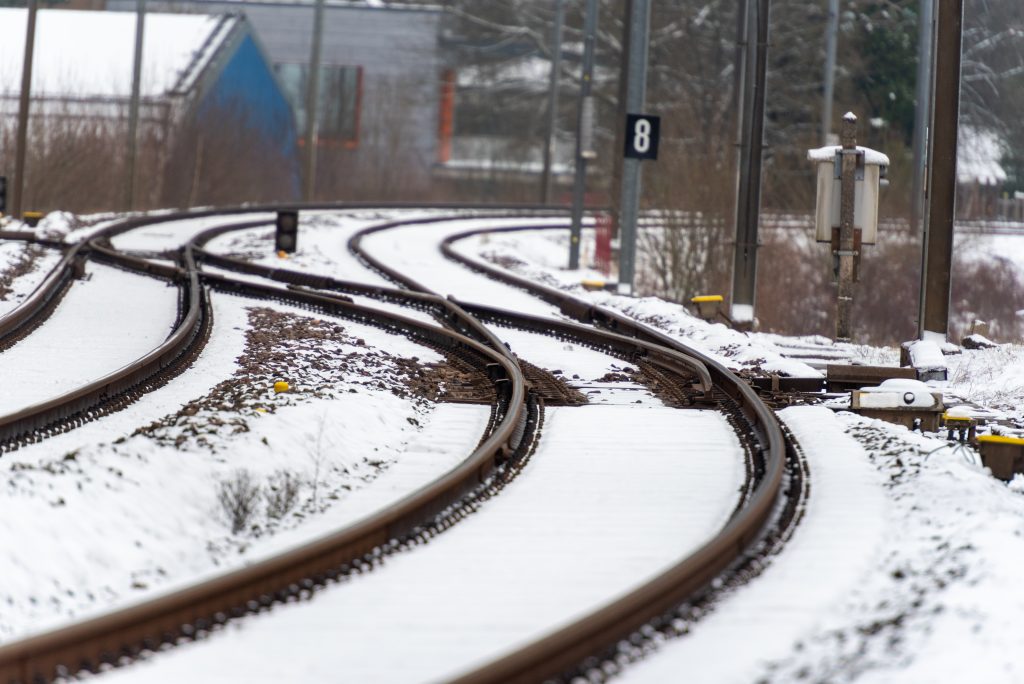
Whatever the weather, CFL is committed to providing a safe, high-quality service for its customers. In order to meet their responsibilities as the backbone of public transport, among others, CFL is constantly investing in technologies to maintain this constant objective.
Nearly 1,200 switches are installed across the national rail network. Most of them are monitored remotely as connected objects via the IoT (Internet of Things), and they also have heating systems to prevent their moving parts from freezing.
With 1,000 train movements every weekday, the switches are subject to intense work. Indispensable for ensuring that trains pass from one track to another, for example when they enter a station, the switches are the focus of particular attention from the CFL, especially during the winter months.
Read also Switches: simply explained
As we wrote in a recent Blog article (How CFL adapts to changes in the weather – CFL Blog – Société Nationale des Chemins de Fer Luxembourgeois), ice is the true enemy of switches, capable of blocking them and therefore preventing rail traffic from running smoothly.
As soon as the temperature drops below five degrees, heating systems are switched on to the moving parts of the switches to prevent them from jamming.

In addition to the expertise of CFL employees, IoT (Internet of Things) and Big Data are used to monitor these switches.
As part of the “DIANA” (DIagnosis and ANAlysis) project, CFL has already fitted more than 700 switches with sensors that automatically send notifications to maintenance teams to resolve a problem before it occurs. The energy consumption of the motor – which triggers the movement of the points – is particularly targeted, since higher energy consumption is an indication of an imminent fault.
These technologies (predictive maintenance and heating systems) are therefore of crucial importance if we are to continue to guarantee Luxembourg’s mobility in these icy, rainy weather conditions.
